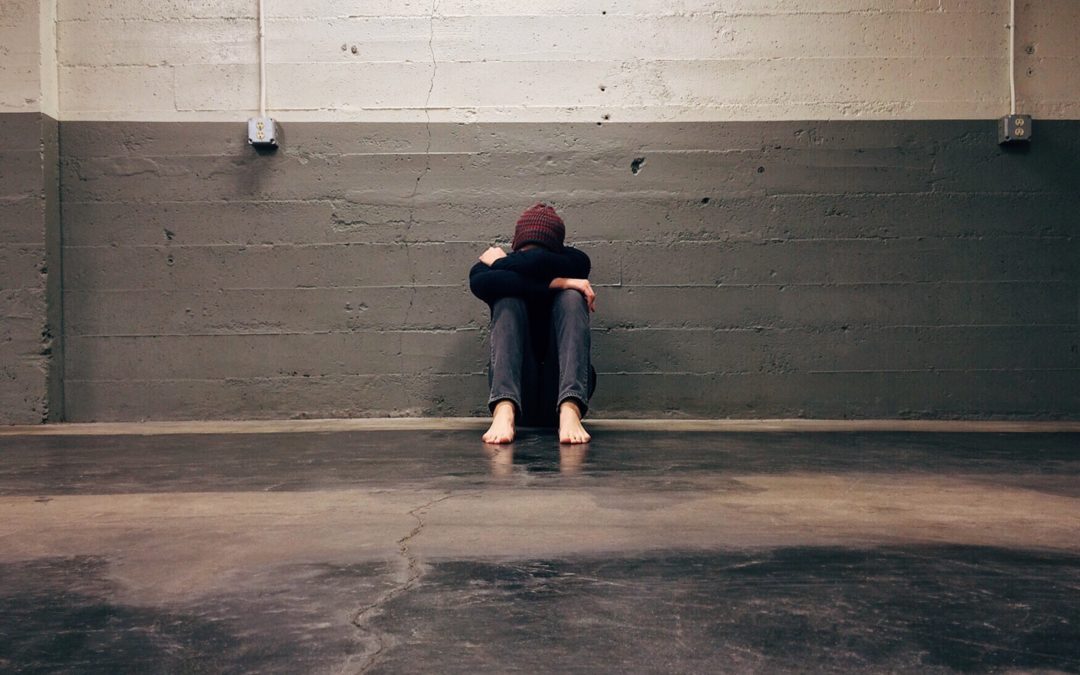Being a teen is a wild ride. For the first time in your life, you’re experiencing a crusade of emotions you haven’t yet been exposed to. For many, it is also the first time you begin to question the rules that have been laid out for you.
There are physiological changes raging in your body. New expectations from your peers, from your parents, from your teachers. A similar story that gets started in one’s youth: “I am not enough.”
Low self-esteem, the search for identity, and the growing pressure from peers, parents, and one’s self can sometimes add up to an obscene level of stress.
Immediate stress is an easy issue because our bodies are equipped to deal with it. Long-term stress can have a much stronger effect.
Nervous System
Let’s get into our nervous system, the thing that processes our stress. Our autonomic nervous system is a division of our peripheral nervous system and it is divided into two parts.
There is the sympathetic and the parasympathetic. The sympathetic is referred to as our “fight-or-flight” nervous system. It is activated under perceived stress.
In the short term, it gives immediate energy for what the name suggests: fighting or flighting. The cost of this is slower digestion, faster heartbeat, increased cortisol, epinephrine, and adrenaline. All things that cause burn out in the body long-term.
The parasympathetic nervous system’s job is to do exactly the opposite: conserve energy, relax the body, and slow the high-energy functions of the sympathetic system.
Both systems are continuously relaying information to the heart and brain and each other to keep a constant state of homeostasis in the body. When we are in homeostasis, we generally feel relaxed and safe within our environment.
When the sympathetic nervous system is constantly activated without the parasympathetic keeping it in balance, issues begin to arise.
Under a cumulative amount of stress, every little thing is perceived as a much bigger threat; we feel out of balance, on edge, anxious, and unfocused. We function on a more a primitive and immediate animalistic view than on a centered, open, and calm one.
Whereas, the opposite is also true: a nervous system that isn’t stressed has more room for even seemingly large events to take place without a major reaction.
Trauma
Now that we have that covered, let’s delve a little into trauma. Trauma is a widespread experience. Recent studies have concluded 60-70% of teens have experienced at least one severe event, and about a quarter of that on multiple occasions. The compounding effect of these factors can be a lot for a developing psyche.
Trauma is defined as an event that is so extreme for the mind that damage is caused, it can be anything from an overwhelming amount of stress all the way to bearing witness to a one-time event, or an event that keeps repeating itself. Examples are physical violence, fighting, extreme mental and emotional distress, or sexual advances.
The after effects can range from:
– rage
– anxiety
– fear
– avoidance
– numbing
– night terrors
– trouble sleeping
– depression
– lack of trust
– increased rebellion
– guilt & insecurity
The good news is that we are amazingly resilient creatures. Meaning we have an incredible ability to prepare for, recover from, and adapt in the face of stress, adversity, trauma, or challenge.
Resilience and managing emotions are both integral to many important physiological processes involved in energy regulation, how quickly the body bounces back after stress, and our ability to maintain health and homeostasis.
That being said, here are five things we can do to help our teens through the trials and tribulations they face:
Be Patient
Often times when we see our teens going through a traumatized event, we often feel impatient and angry with their coping mechanisms. Sometimes we try to force them to a place they are not ready to be yet. As hard as it can feel for us to give up control, in these situations, the most powerful thing we can do is surrender and be patient with the process. Healing takes time.
Get Moving
Get your teen moving. Moving is the best fight we have against depression, anxiety and many other malfunctions in the nervous system. Even something as simple as 30 minutes a day will boost energy, lower stress levels, and release endorphins (your bodies built-in feel-good hormones).
Regular exercise will also increase brain function, improve memory, speed up cognitive processes, and fight off diseases like Alzheimer’s and dementia.
As great as all of those benefits are, they are compounded by the bonding that occurs between people that get moving together.
Mirroring Approach
When possible, explore different communication approaches with your teen. Maybe during a simple activity like prepping food in the kitchen, try mirroring them; if they are silent, then practice being silent. If they want to speak, then speak back. Let them lead the conversation, see if new doorways are opened up by this approach.
No-Pressure Activities
Hand-in-hand with giving up control and allowing them to lead conversations include easy-to-do, low-maintenance bonding activities such as board games, gardening or playing tag outside. Kids who spend more time engaged in family-time develop less behavioral issues because they learn first-hand interpersonal skills and communication as challenges arise.
They also are a lot less likely to be violent. Teens are emotional regardless but being close to a parent teaches them there is someone they can turn to when hard situations arise. Resulting in a less-chaotic way of handling said situations. Positive family interactions from parent-to-kid also help kids develop higher self-esteem and a more positive self-concept.
Speak With Professionals/Get Outside Help
Qualified Professionals are a good idea even if treatment isn’t necessary because they are trained to be objective. Suffice it to say, Parent-Child relationships can be complicated. Having an unbiased professional that we know has our back can be paramount to stronger relationships and new perspectives.


